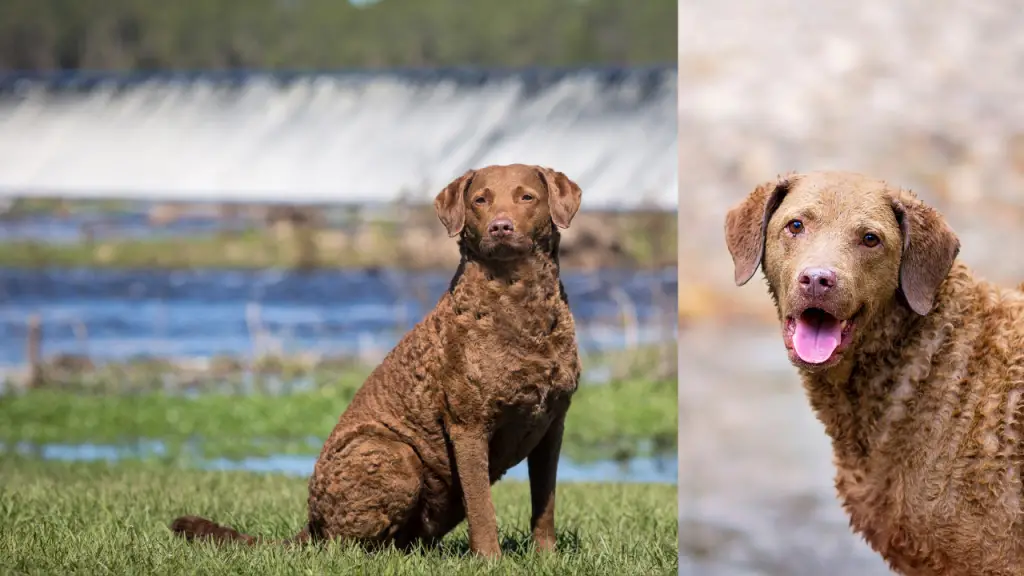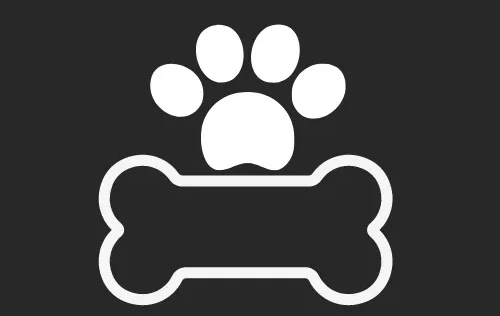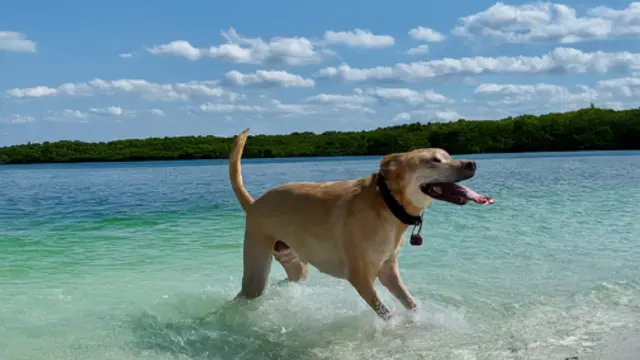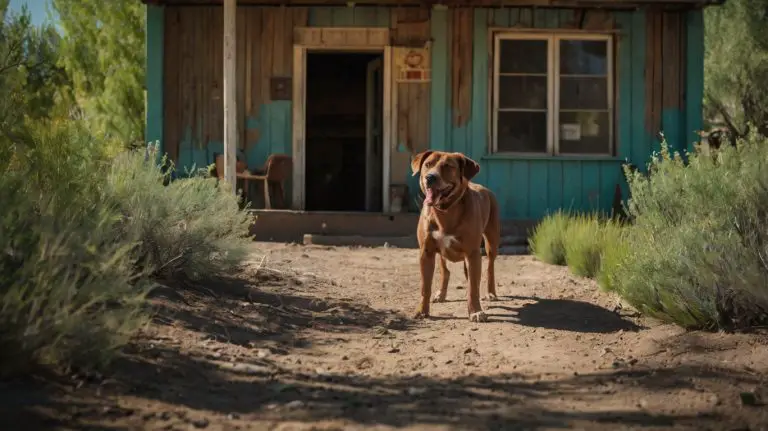The History of the Chesapeake Bay Retriever: Origins and Development
The Chesapeake Bay Retriever, often affectionately known as the “Chessie,” has a fascinating history that stretches back over two centuries. Renowned for its intelligence, versatility, and superb ability in waterfowl hunting, this breed’s journey from a local working dog to a beloved companion is a remarkable tale of development. In this blog, we will explore the origins, evolution, and historical significance of the Chesapeake Bay Retriever, providing insights into its unique characteristics and role in American history.
The Origins of the Chesapeake Bay Retriever
The story of the Chesapeake Bay Retriever begins in the early 19th century, around 1807. Legend has it that two dogs, named Sailor and Canton, were rescued from a shipwreck off the coast of Maryland. These dogs were Newfoundland-type breeds, and they played a crucial role in the development of the Chesapeake Bay Retriever. Sailor and Canton were bred with local retrievers, along with other dogs that could withstand the tough, cold environment of the Chesapeake Bay area.
By the early 1800s, waterfowl hunting was a vital activity in this region, especially during the fall and winter months. Hunters needed a dog that could retrieve shot birds from the icy waters of the bay, where temperatures often dropped below freezing. The descendants of Sailor and Canton, along with other regional dogs, were selectively bred for their superior swimming ability, strong stamina, and natural retrieving instincts. These early working dogs became the foundation of the breed we know today as the Chesapeake Bay Retriever.
The Role of Chesapeake Bay Retrievers in Waterfowl Hunting
As the breed developed, it was specifically honed for waterfowl hunting. By the mid-1800s, Chesapeake Bay Retrievers had earned a reputation for their exceptional ability to retrieve waterfowl from harsh, icy conditions. The breed’s characteristics were refined to excel in the demanding environment of the Chesapeake Bay.

Chesapeake Bay Retrievers possess webbed feet that make them strong swimmers, and their thick, waterproof double coat protects them from cold water and provides insulation even in freezing conditions. These physical traits, combined with their keen sense of smell and strong jaws, made them the ideal companion for hunters. Chessies were capable of swimming long distances in icy waters to retrieve birds, and their incredible stamina allowed them to work tirelessly for hours on end.
The Development of the Chesapeake Bay Retriever as a Distinct Breed
The Chesapeake Bay Retriever evolved into a distinct breed by the late 1800s. As its hunting abilities became more widely recognized, the breed was carefully refined through selective breeding. The goal was to create a dog that was not only skilled at retrieving but also had the strength and endurance to withstand long hours in cold, challenging environments.
Through the blending of Newfoundland dogs, local retrievers, and other breeds, the Chesapeake Bay Retriever developed its characteristic deep, broad chest and muscular build. These physical traits enhanced the dog’s ability to swim and retrieve in difficult waters. Its thick coat, which repels water and provides warmth, became one of the most distinctive features of the breed.
Recognition of the Chesapeake Bay Retriever: Early 20th Century
The Chesapeake Bay Retriever’s status as a distinct breed was solidified in the early 20th century. In 1918, the American Kennel Club (AKC) officially recognized the breed. This recognition was a significant milestone in the breed’s history, cementing its place in the world of dog breeding and competitive hunting.
By the time of its recognition, the Chesapeake Bay Retriever had already established itself as an exceptional hunting dog. Its reputation spread beyond the Chesapeake Bay area, and the breed began to gain popularity across the United States. The Chessie was admired not only for its hunting prowess but also for its gentle and loyal nature, which made it a great companion for families.
The Chesapeake Bay Retriever’s Versatility Today
Today, the Chesapeake Bay Retriever continues to be highly regarded as a waterfowl retriever, but it has also proven to be a versatile companion dog. While still a favorite among hunters, the breed has adapted to other roles. Chessies excel in various dog sports, including obedience, agility, and field trials, demonstrating their intelligence and willingness to work.
Beyond their hunting abilities, Chesapeake Bay Retrievers are also known for their strong bond with their families. They are loyal, protective, and affectionate dogs, often forming close attachments to their owners. Although they are independent and can be a bit stubborn at times, they are highly trainable and thrive in environments where they receive consistent exercise and mental stimulation.
Why the Chesapeake Bay Retriever is a Popular Choice Today
The Chesapeake Bay Retriever has maintained its popularity for over 100 years due to its versatility, loyalty, and exceptional abilities in waterfowl hunting. Whether in the field or as a family pet, the Chessie is known for its strong work ethic and dedication to its tasks. It is not just a dog that excels in hunting but also a loving and protective family member.

With its keen intelligence, natural retrieving skills, and athleticism, the Chesapeake Bay Retriever remains one of the most admired breeds for active families and outdoor enthusiasts. Its legacy as a hardworking waterfowl retriever continues, even as it adapts to new roles in modern life.
Conclusion
The history of the Chesapeake Bay Retriever is a remarkable journey from a hardworking hunting dog to a beloved companion. With its strong roots in waterfowl hunting and its exceptional physical traits, the Chessie has earned its place as one of the most versatile and loyal breeds. Whether in the field or at home, the Chesapeake Bay Retriever continues to impress with its intelligence, strength, and unwavering dedication to its family.
Today, the breed remains an excellent choice for those who lead active lifestyles and appreciate a dog with a strong work ethic. The Chesapeake Bay Retriever is not only a symbol of American history but also a cherished companion that will continue to play an important role in families’ lives for generations to come.
If you’re considering adding a Chesapeake Bay Retriever to your home, be prepared for an active, intelligent, and devoted companion that will bring joy and adventure into your life.
FAQs About the Chesapeake Bay Retriever
1. What are the key characteristics of a Chesapeake Bay Retriever?
The Chesapeake Bay Retriever is known for its impressive physical and mental characteristics. It has a muscular, athletic build, a thick double coat that provides insulation in cold water, and webbed feet for efficient swimming. Their coat is water-resistant, allowing them to thrive in wet and cold environments. Chessies are highly intelligent, loyal, and trainable, but they can also be independent and require consistent mental and physical stimulation. These dogs are excellent working dogs, especially in waterfowl hunting, and are also great family companions.
2. How much exercise does a Chesapeake Bay Retriever need?
Chesapeake Bay Retrievers are active and energetic dogs, requiring a significant amount of exercise to stay healthy and happy. Ideally, they should get at least 1 to 2 hours of exercise daily, which can include walks, runs, and plenty of playtime. They excel in water-related activities, so swimming and fetch games are ideal ways to provide them with the exercise they need. If not properly exercised, they can become bored and develop behavioral issues.
3. Are Chesapeake Bay Retrievers good with children and other pets?
Chesapeake Bay Retrievers are known for their gentle nature and loyalty to their families, making them excellent companions for children. They are typically patient and protective, which makes them great family pets. However, because they were originally bred for hunting, they can be strong-willed and require proper training and socialization to ensure they get along well with other pets. Early socialization helps them adjust to being around other dogs and pets.
4. How do you care for a Chesapeake Bay Retriever’s coat?
The Chesapeake Bay Retriever’s coat is a distinctive feature, consisting of a thick, waterproof double layer. Regular grooming is important to keep their coat in top condition. Brushing once or twice a week helps prevent matting, especially in the undercoat, and removes loose hair. It’s also important to bathe them occasionally, particularly after they’ve been swimming or playing outdoors. Additionally, ensure their ears are kept clean and dry, as they are prone to infections from moisture, particularly after water activities.
5. How long do Chesapeake Bay Retrievers live?
Chesapeake Bay Retrievers typically live between 10 and 13 years. Their lifespan can vary based on factors such as genetics, health, and overall care. Like many breeds, they may be prone to certain health issues, including hip dysplasia and progressive retinal atrophy, so regular veterinary checkups are essential for maintaining their health and longevity. With proper exercise, a balanced diet, and preventive care, they can lead a long, healthy life as part of your family.






